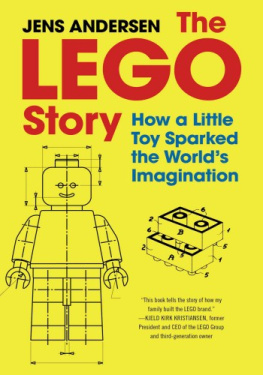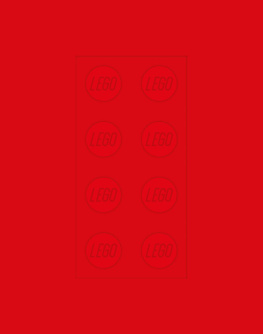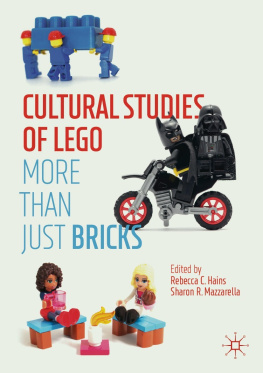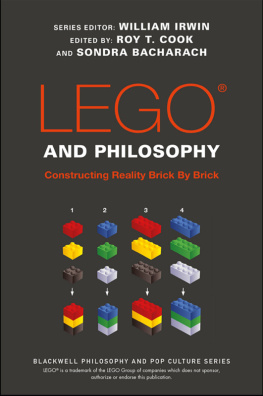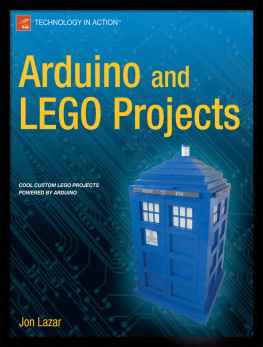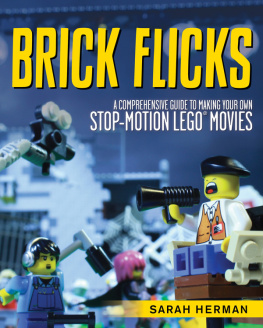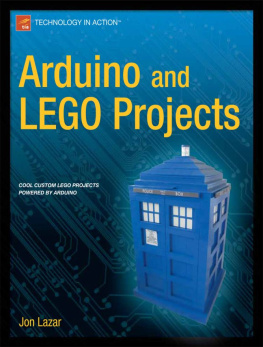21ST CENTURY FILM ESSENTIALS
Cinema has a storied history, but its story is far from over. 21st Century Film Essentials offers a lively chronicle of cinemas second century, examining the landmark films of our ever-changing moment. Each book makes a case for the importance of a particular contemporary film for artistic, historical, or commercial reasons. The twenty-first century has already been a time of tremendous change in filmmaking the world over, from the rise of digital production and the ascent of the multinational blockbuster to increased vitality in independent filmmaking and the emergence of new voices and talents both on screen and off. The films examined here are the ones that embody and exemplify these changes, crystallizing emerging trends or pointing in new directions. At the same time, they are films that are informed by and help refigure the cinematic legacy of the previous century, showing how films past is constantly reimagined and rewritten by its present. These are films both familiar and obscure, foreign and domestic; they are new but of lasting value. This series is a study of film history in the making. It is meant to provide a different kind of approach to cinemas storyone written in the present tense.
Donna Kornhaber, Series Editor
The LEGO Movie
Dana Polan

UNIVERSITY OF TEXAS PRESS
AUSTIN
Copyright 2020 by the University of Texas Press
All rights reserved
First edition, 2020
Requests for permission to reproduce material from this work should be sent to:
Permissions
University of Texas Press
P.O. Box 7819
Austin, TX 78713-7819
utpress.utexas.edu/rp-form
Library of Congress Cataloging-in-Publication Data
Names: Polan, Dana B., author.
Title: The LEGO movie /Dana Polan.
Description: First edition. | Austin : University of Texas Press, 2020. |
Series: 21st century film essentials | Includes bibliographical references and index.
Identifiers: LCCN 2020005320 (print) | LCCN 2020005321 (ebook)
ISBN 978-1-4773-2157-7 (paperback)
ISBN 978-1-4773-2158-4 (ebook other)
ISBN 978-1-4773-2159-1 (ebook)
Subjects: LCSH: LEGO movie (Motion picture) | Motion picturesProduction and directionUnited States. | Animated filmsHistory and criticism. | LEGO toys.
Classification: LCC PN1997.2.L4548 P65 2020 (print) | LCC PN1997.2.L4548 (ebook) | DDC 791.43/72dc23
LC record available at https://lccn.loc.gov/2020005320
LC ebook record available at https://lccn.loc.gov/2020005321
doi:10.7560/321577
Por Leo, mi amor.
Contents
Prologue
How might we grasp the LEGO brick? The question offers itself first at a literal level: what might we do manually with that pure, modernand pretty smallpiece of plastic? Should we heed official instructions on what to build from it (and how), or follow our own playful desires to create capricious concoctions that adhere to no rules? Or shall we turn play into dis-play, permanently attaching the brick to other pieces in order to craft something fixed and final (with glue perhaps, as depicted in The LEGO Movie from 2014)?
The literal question tips then into more conceptual ones. What are LEGO for, why do they matter? (It is common to use LEGO without an s to refer to LEGO pieces in the plural. Ill respect that convention here.) What happens when we set out to grasp not the physical brick per se but LEGO as an idea, an icon of modernity, an image, maybe even a moving image? To what extent can the LEGO brick fit into the multimedia landscape of popular culture, especially film culture, today?
To get started, lets approach LEGO, from thing to film, through two telling quotations. The first comes from that cultural chameleon, David Bowie, so aware of his self-constructed image that he talks famously of himself here in third person: Bowie was never meant to be. Hes like a LEGO kit. Im convinced I wouldnt like him, because hes too vacuous and undisciplined. There is no definitive David Bowie.emphasizes LEGO as constantly transformative: ultimately, there is no there there since identity can be anything and can be anywhere. The brick has its own irreducible being (but one thats all surfacevacuous, as Bowie would have it), but when it enters into combinations, all fixity of identity is left behind. LEGO constantly morph and, evidently for Bowie, not in a good way.

Toying with Ziggy Stardust
Yet it is possible to turn Bowies negative valences around into playful virtues: the very genericness of the LEGO brick might be imagined to contain inventive potential and promise, its geometric purity and lack of singular identity encouraging open paths to permutation and possibility and play. For example, the idea of The LEGO Movie had its inception when Warner Bros. producer Dan Lin saw how, as he told me in an email, his five-year-old son built these elaborate LEGO builds without using instructions (free building) and talked about them after he built them. As Lin recounts, he realized that his son was fictioning a story that went beyond what was physically in front of him.
Warner Bros. already had licensed some of its iconic heroes, like Batman and Harry Potter, for LEGO box sets and LEGO video games (and in 2007 the studio had actually bought Travellers Tales, the digital company behind these video games often based on franchised characters). Now, the Warner Animation Groups projected first feature film, The LEGO Movie, would center on a miniature figure (minifig, in LEGO parlance), Emmet, who had no backstory. His identity would be the generic one of urban construction worker (in fact, one of the earliest and most common, in many senses of the word, minifigs), and yet he would nonetheless prove himself the stuff of legend, worthy of sagas narrated about him (including The LEGO Movie itself). Even Bowie had had to admit that we can be heroes, if just for one day.
My second quotation comes from the sequel to The LEGO Movie, The LEGO Movie 2: The Second Part from 2019: Its all just the expression of the death of imagination in the subconscious of an adolescent, asserts Rex, a universe-trotting adventurer minifig who seemed initially a good guy, beholden to none of the powers that be. Rex had declared earlier that Emmets adventures (as chronicled in the first film) indeed made the construction worker a hero in the eyes of many. Rex, however, ultimately reveals himself to be the films bad guy and makes his statement to Emmet to undercut the latters confidence in the rich vitality of his LEGO universe. Probably no declaration goes so far in pinpointing the kind of interpretative language a scholar also might use in analyzing the films meanings, and probably few films go so far in offering such an assertion while ultimately making fun of it.
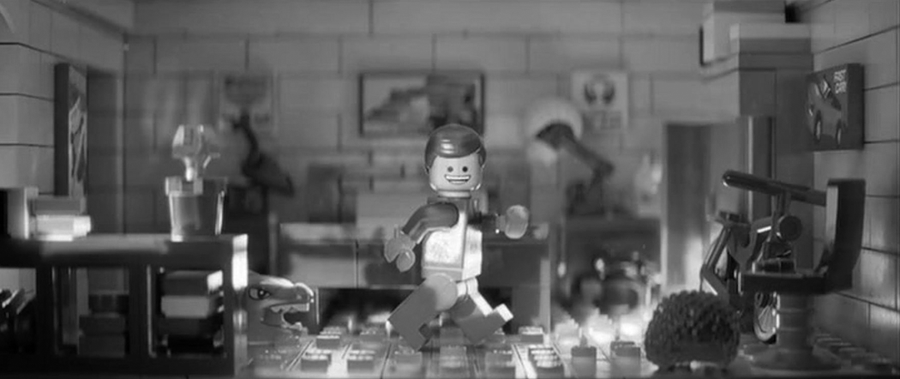
The Chosen One?
In line with Rexs contention, the famous LEGO System of Play (plastic elements that when combined lead to larger constructions) has sometimes been taken to task, especially with the rise of box sets including instructions that push children (as well as so-called Adult Fans of LEGO) toward preset ends, as discouraging deep imagination and free play. Rexs accusation is not totally off the mark.
Yet its not totally accurate either, from what we see of adolescent play in both the sequel and its predecessor. Rex, after all, has hardened himself to fun and cant be expected to appreciate the full richness of the universe he assails. Finn, the young boy we see playing with LEGO in
Next page

